The province of Cuneo is preparing to host two important events dedicated to auteur photography: in fact, the fall of 2025 brings to the stage two absolute protagonists of the 20th century, namely Helmut Newton (Berlin, 1920 - Los Angeles, 2004) and Ferdinando Scianna (Bagheria, 1943).
From October 23, 2025 to March 1, 2026, the Caraglio Spinning Mill will host the exhibition Helmut Newton. Interweaving, while the Castiglia di Saluzzo hosts, from October 24, 2025 to the same closing date, the solo exhibition Ferdinando Scianna. Fashion, Life. Two distinct paths but conceived in close curatorial connection, capable of offering the public a complementary look at the theme of fashion: on the one hand the theatrical and provocative language of Newton, on the other the human and narrative dimension of Scianna.
The Spinning Mill of Caraglio, one of Europe’s most important ancient silk factories of the 17th century and now a cultural center and home to the Piedmontese Silk Factory Museum, hosts more than one hundred photographs by Helmut Newton, some of them previously unpublished. The exhibition, curated by Matthias Harder, director of the Helmut Newton Foundation in Berlin, brings together images from the photographer’s prestigious collaborations with international brands such as Yves Saint Laurent, Wolford, Ca’ del Bosco, Blumarine, Absolut Vodka and Lavazza. The exhibition opens with a selection of photographs that have consecrated Newton among the undisputed masters of fashion photography, highlighting the author’s ability to construct ambiguous and provocative scenarios, poised between reality and dream.
His images are the result of a rare complicity with world-famous models, including Monica Bellucci, Nadja Auermann, Kate Moss, Carla Bruni and Eva Herzigová. This relationship of trust, combined with the esteem he has won from stylists, magazines, and brands, has enabled him to transform glossy photography into an innovative and theatrical language capable of redefining the canons of fashion. It is especially in the transition from editorial to commercial that Newton’s eclecticism emerges, capable of tackling large commissions for the production world without ever losing stylistic coherence. The campaigns created for companies such as Lavazza are a case in point: while working on commissions, the author was able to maintain his radical and iconic style, expanding the boundaries of contemporary photography.
Helmut Newton. Intrecci was conceived specifically for the Filatoio di Caraglio and offers the public the opportunity to observe in a single exhibition the evolution of the photographer and his path to international affirmation. The exhibition allows us to grasp the constant tension between dreamlike imagery and the concreteness of work for major brands, between the sensuality of poses and the theatricality of shots.
Instead, at the Castiglia di Saluzzo, an ancient fortress and marquis residence now converted into a museum space, comes Ferdinando Scianna. Fashion, Life. Curated by Denis Curti, artistic director of Le Stanze della Fotografia in Venice, the exhibition explores one of the lesser-known chapters of the Sicilian photographer’s career: fashion. For Scianna, who was born in Bagheria in 1943 and was the first Italian to be accepted into the prestigious Magnum Photos agency, fashion was never simply an aesthetic exercise, but an opportunity to tell the story of life.
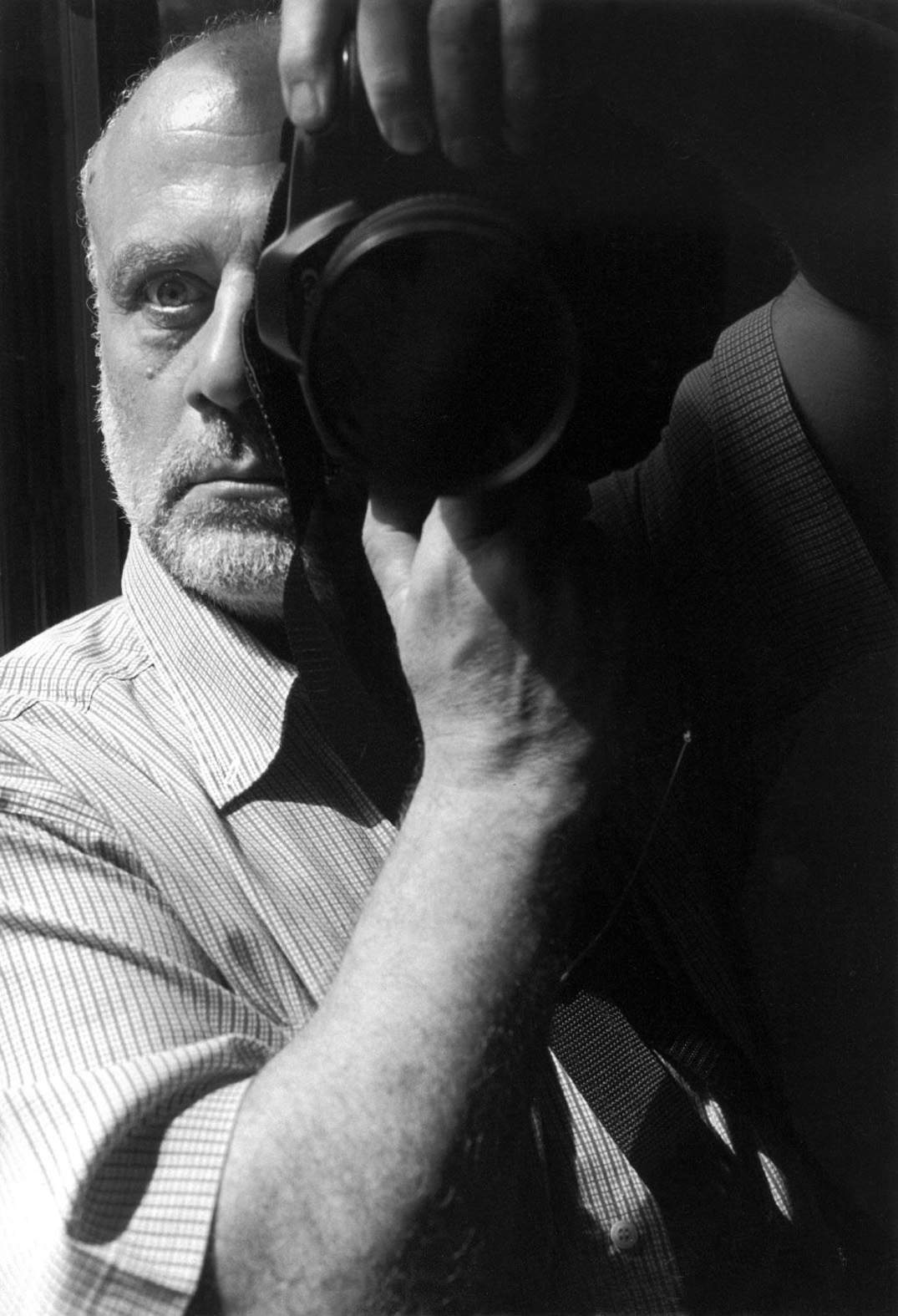
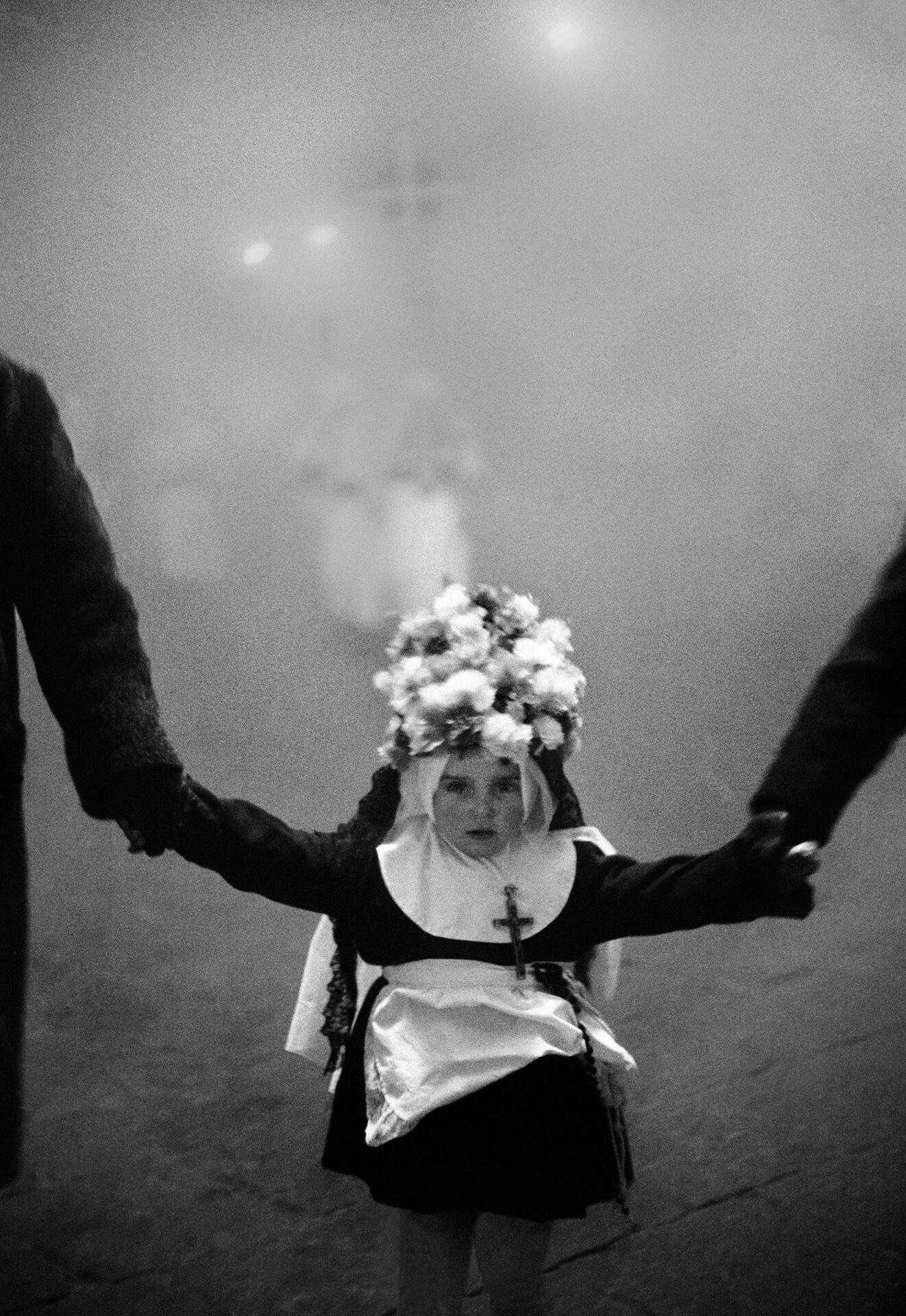
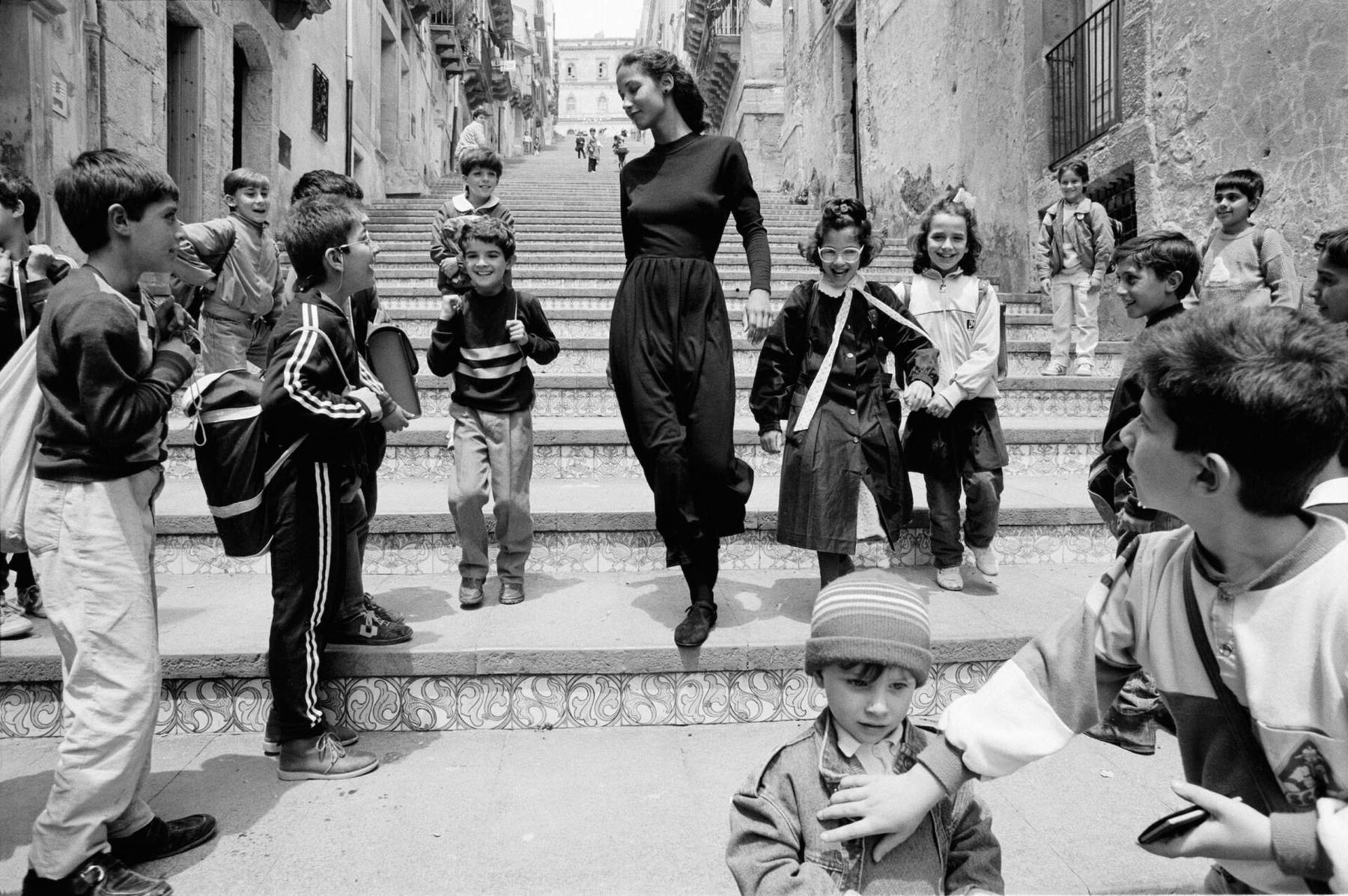
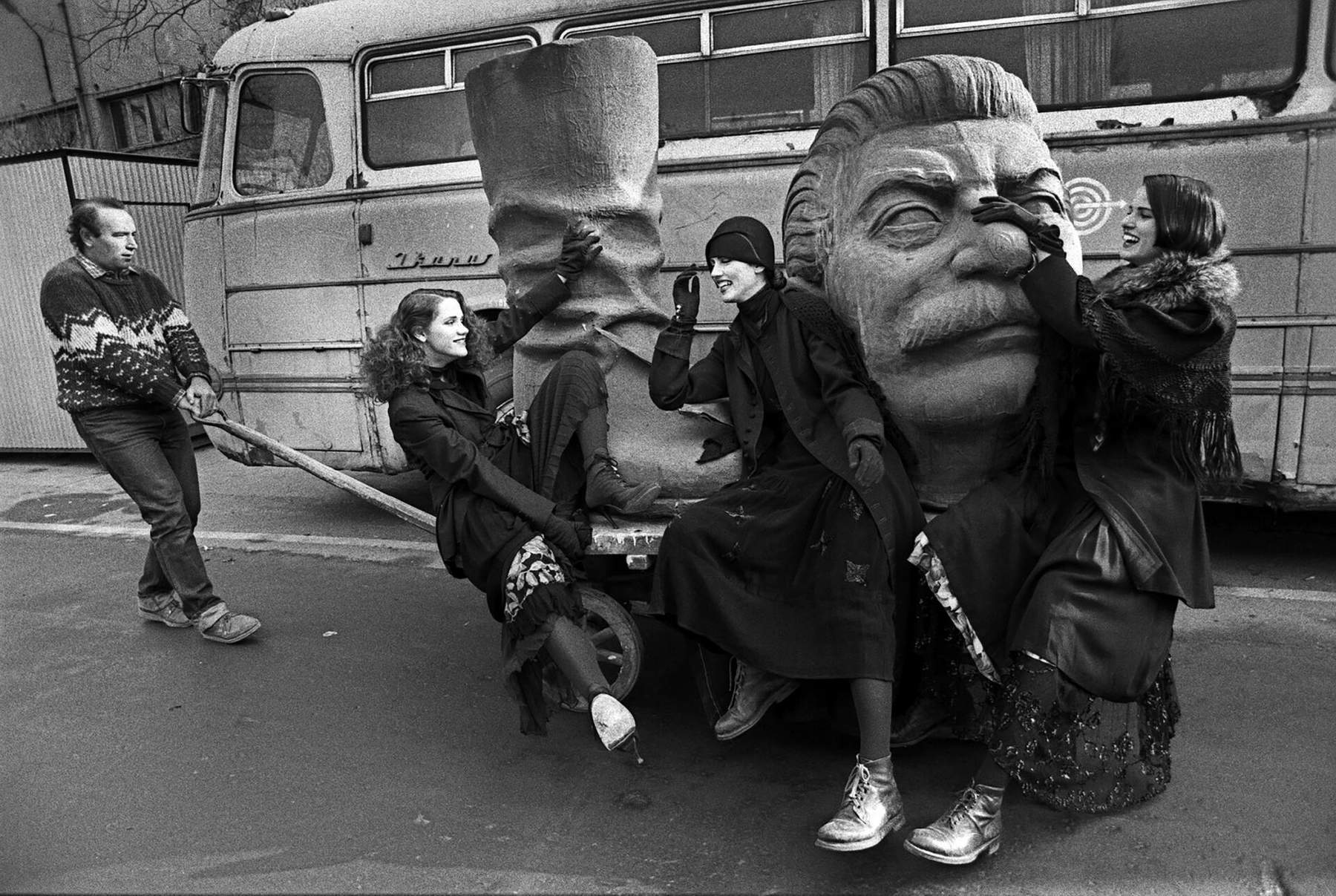
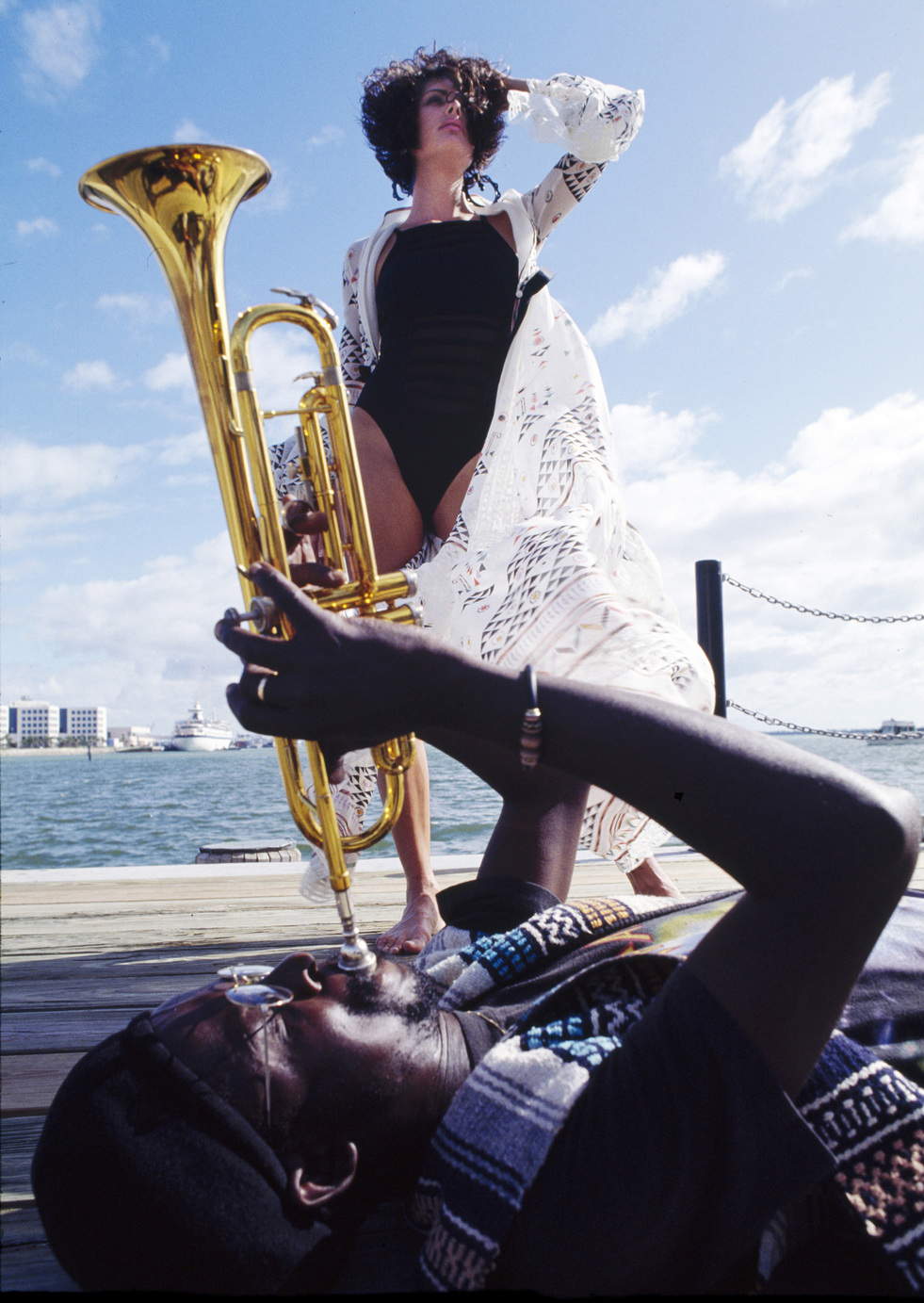
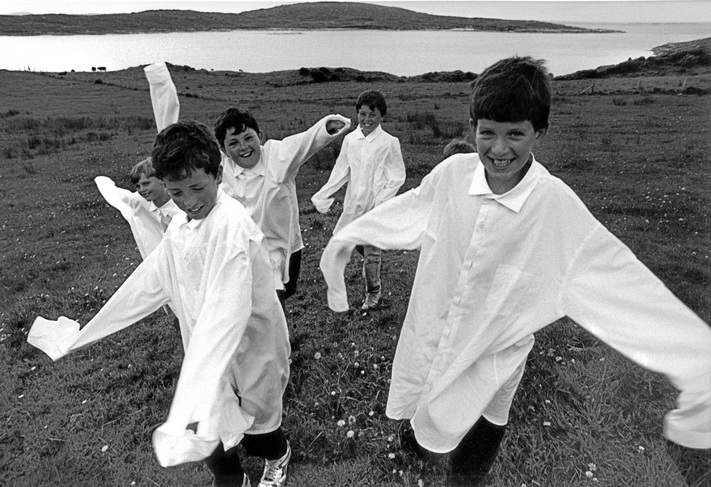
The exhibition brings together more than ninety photographs taken in the late 1980s and early 1990s, at a time when Scianna was collaborating with international publications such as “Vogue,” “Vanity Fair” and “Stern.” At the center of the exhibition is the iconic campaign for Dolce&Gabbana with model Marpessa, set in the villages of Sicily. In those images, fashion is intertwined with the everyday atmospheres of island life, transforming photography from a glossy representation to an intimate and authentic tale.
Scianna approaches fashion with the gaze of the photojournalist: ethics and style, memory and intuition, literature and photography merge in his shots. In this way, the usual models of representation are unhinged and overturned, giving rise to a language in which the image never loses its connection with truth and culture. His is a photography that tells stories, restores atmospheres, and captures details that would otherwise remain invisible.
Both exhibitions are promoted and produced by the Artea Foundation. In Caraglio the initiative is organized in collaboration with the municipality, while in Saluzzo the project has both the Foundation and the municipal administration as partners. Two symbolic places in the Piedmont region, therefore, become the stage for two exhibitions of international scope, capable of attracting the attention not only of photography enthusiasts but also of a wider audience interested in discovering the dialogue between art, history and contemporary culture.
 |
| Helmut Newton and Ferdinando Scianna, two masters of photography on display between Caraglio and Saluzzo |
Warning: the translation into English of the original Italian article was created using automatic tools. We undertake to review all articles, but we do not guarantee the total absence of inaccuracies in the translation due to the program. You can find the original by clicking on the ITA button. If you find any mistake,please contact us.